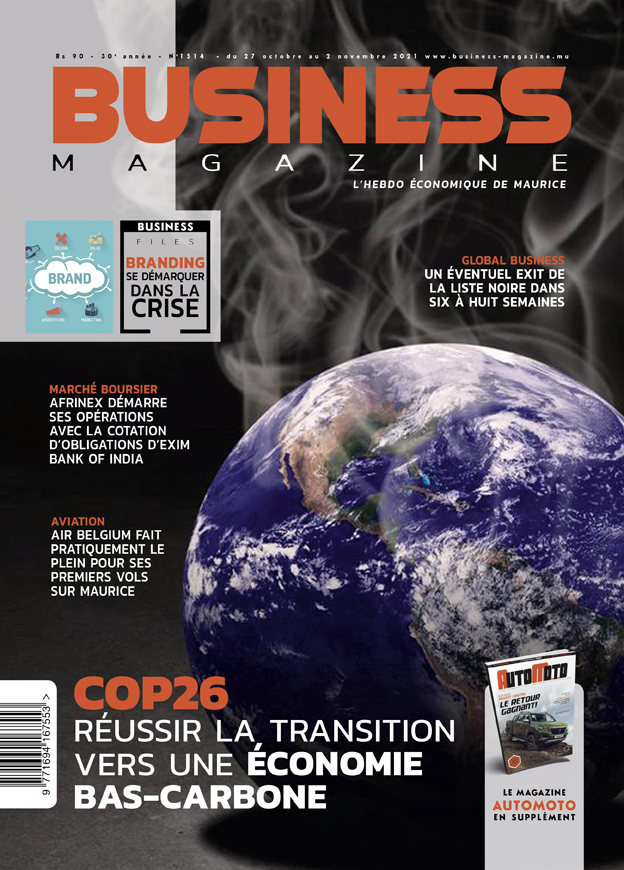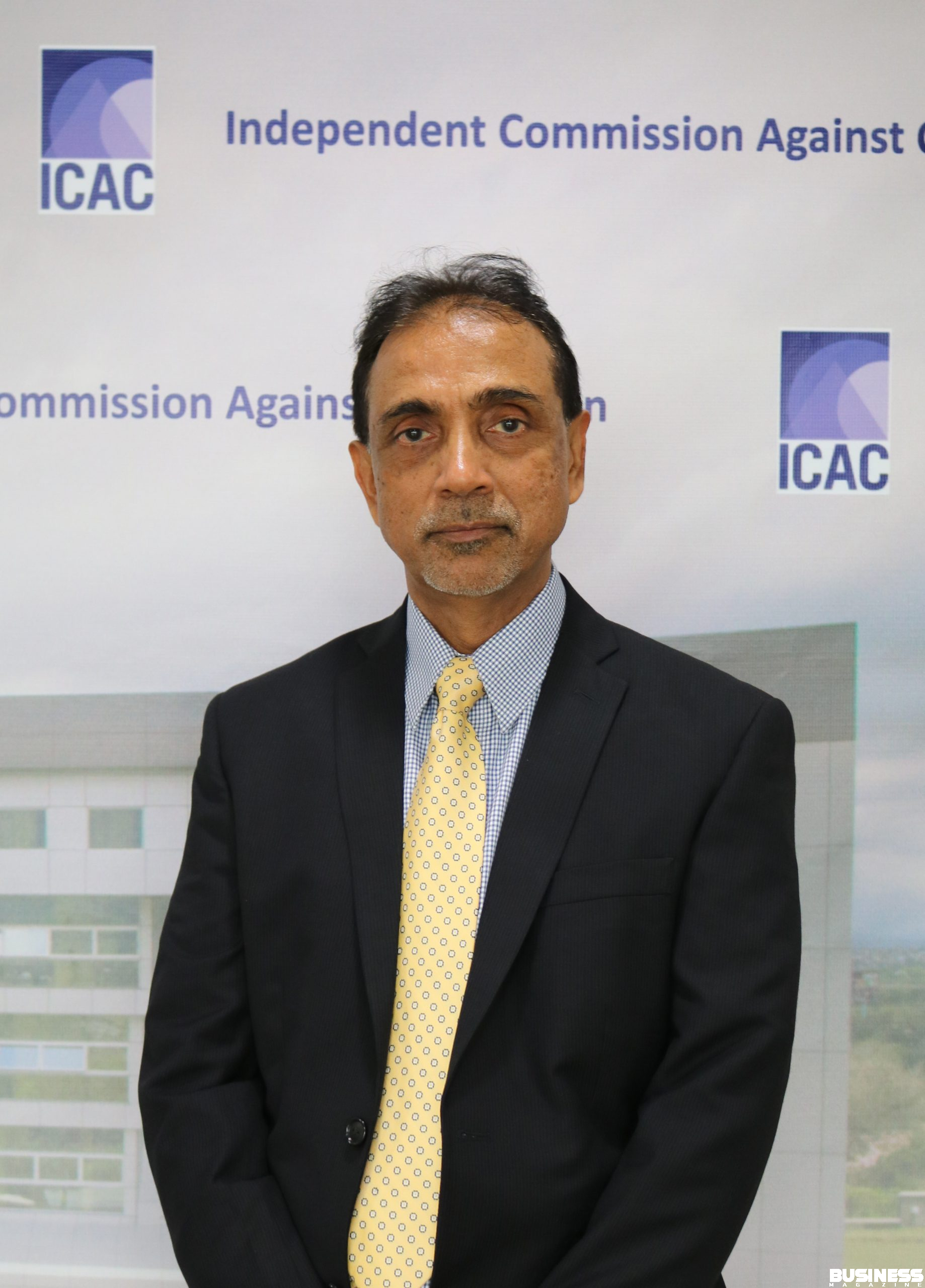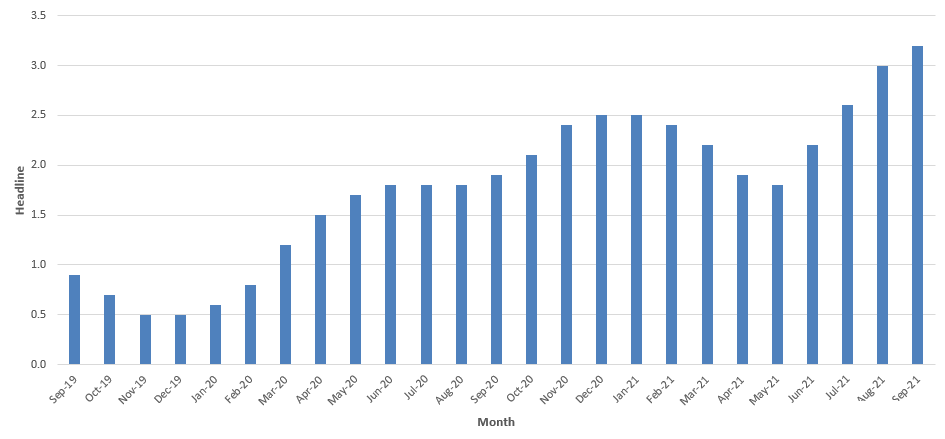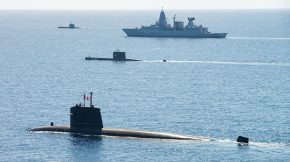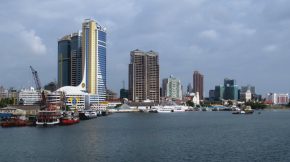Three new pillars to support our economic transformation
Share
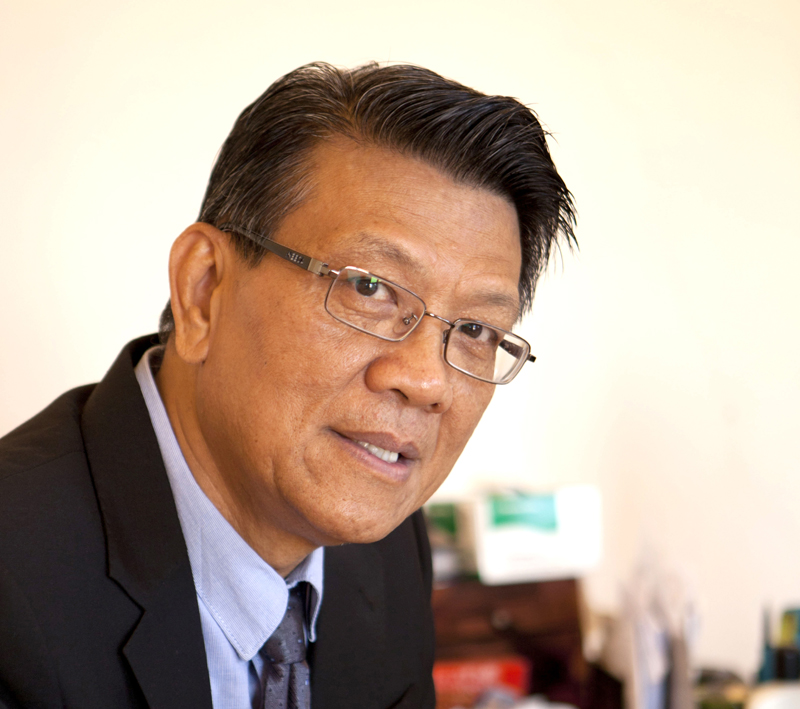
It is not a matter of being fashionable or to be trendy. Given the openness of our economy on which we depend for economic development and jobs creation for our young people, we need to adapt and embrace changes that are happening in the world, especially in our main trading partners.
Europe is slowly turning around its economy from the deep recession of 2008 and is now embarking on a bold new course to create a high-tech integrated economy based on the internet of things. From London to Tallinn in Estonia, from Barcelona to Berne in Switzerland, millions of internet sensors are now managing road systems, factory production lines, green electricity transmission grids, offices, homes, storage facilities of companies and feeding big data for use for further economic development.
Narendra Modi, the Prime Minister of India, one of our biggest trading partners, has made Digital India as his main policy strategic priority to digitally transform the country into a powerful knowledge-based society through bringing the internet to the masses. This will help create 100 million jobs by 2019 according to the Prime Minister’s plan.
The Chinese government has also brought the internet of things at the centre of its new industrial revolution based on the gradual replacement of fossil energy by solar and wind energy. But this will be possible only if internet of things can be deployed in millions of houses and businesses. Last year, the Chinese government has announced that 82 billion dollars will be spent in the next four years to subsidize them to produce their own internet-based solar and wind generated electricity and to share surpluses with each other. Last month, China Minister
of Foreign Affairs Wang Yi in his meeting with Prime Minister invited Mauritius to join the new Internet-based High Tech Silk Road that aims to connect China with Europe via Africa. In return, Prime Minister Sir Anerood Jugnauth invited China to join the air corridor between Africa and Asia with Mauritius and Singapore as hubs and which is actually being set up with Changi Airport as partner.
These two new economic pillars based on the digital and green energy revolution together with the setting up of the air corridor will too start changing the economic landscape in Mauritius as from 2016. They will furthermore provide the necessary support to the other pillars of smart cities and ocean economy in our journey to become a high-income economy by 2030.
The Prime Minister, in his speech to the private sector in January, has already announced that there will be soon a second supplier of backhaul internet which will significantly enhance both speed and price competitiveness. Furthermore, a third cable beside SAFE and LION is under study and as soon as a proper financial structure will be in place. Works will start and it will aim at significantly improve internet connectivity with the rest of the world. Last but not least, Mauritius Telecom has also stated that it is in process of “fibering” the whole island of Mauritius by 2019.
Regarding the green techno-logy revolution, the landscape has already started to change with the installation of a whole network of windmills in the North and with the Minister of Public Utilities announcement that three projects of 15 megawatt capacity have been allocated and that a bunch of 1 to 9 megawatt projects will soon be subject to tendering process.
However, internet revolution is not only about easy access to cheap and fast broadband. Every company and every industry embracing the internet and green revolution will create new business opportunities and a new kind of jobs especially for the young people.
In the same breath, as we keep ourselves in tune with high tech revolution in our main trading partners, it is also imperative that we bring our openness to a new level to give even greater space to our exporters of goods and services to develop their enterprises.
Simon Kuznets, American economist and Russian born, who won the Nobel Prize in Economics in 1971, made the observation that countries which achieved the fastest progress in their fight against poverty were those who reached out geographically to the world. In its most effective operating mode hopefully to be achieved by 2020, the Africa-Asia corridor passing through Mauritius and Singapore as hubs, which will officially be inaugurated on March 14, is expected to significantly facilitate movements of tens of millions people and also thousands of tons of goods between the two fastest growing continents of the world.
What is the corridor all about? First, it is a 7 hour non-stop flight between Mauritius and Singapore. For the time being, Air Mauritius has planned three-weekly flights that also include available space for transporting goods in the belly. But more significantly, once in Changi Airport of Singapore, travellers have the option of continuing their journey to as many as 200 Asian destinations in the same day, many of them in the next 2 to 3 hours, to the most important cities of China, Japan, Korea, Indonesia and even Australia. Under the assumption that Air Mauritius can indeed sign code-sharing deals with the most important airlines of these countries, travellers will travel seamlessly and efficiently towards their final destination. In the same manner, tourists and businessmen from all parts of Asia will use Changi as hub on their way to Mauritius and other countries of the Indian Ocean as well as some countries of the African continent. The natural advantage of the corridor in terms of travel time over other alternative routes to reach the East coast of Africa, for example, thus appears to be unassailable for those travelling from Asia.
It is natural for big rich countries or large cities to have hub airports not only to handle travel trips of their citizens but also to act as transit airports for onward journeys. Transit times are spent in busy shopping locations within the airport with all the amenities available to cater for all the needs of transit passengers. However, diminutive countries like Singapore and Dubai have taken advantage of their strategic geographical location to transform themselves into the most attractive and among the busiest hubs in the world. Dubai has the largest duty free shops and Singapore plans to be the most attractive food outlet while Frankfurt has even a casino. Airport efficiency has become over the years a
determining factor in the ecosystem of the travel trade industry in the world.
The signing in October last year of the Hub Agreement between Changi airport and Air Mauritius is interesting in many ways for our country. Changi airport has handled 55 million passengers in 2015 of which 18 million are foreign tourists spending a few hours of transit time before taking an onward flight to a third party country. In 2014, more than 200,000 tourists from several cities of China stopped in Changi for a few hours before proceeding to Maldives, one of our most serious competitors for Chinese and other Asian tourists. South Koreans, Japanese, Australians, Indonesians similarly do not consider having to stop over in Singapore as inconvenient in their travel plan. On the contrary, Changi Airport authorities have transformed the airport as a real food and shopping experience for transit passengers.
Changi Airport can indeed become one of the most important providers of a new kind of travel trade business for Mauritius. All the catchment areas of Asia, Australia and some of the Pacific island Nations will only be a few hours away from Singapore before onward journey to Mauritius. Assuming some bigger critical mass in terms of number of travellers transported, Air Mauritius can well service daily flights to and from Singapore in a similar manner Singapore Airlines and its associate airlines service the Maldives every week. The corridor will be a new economic pillar transforming the airport not only as the busiest airport of the region with all the economic benefit that come with it but as importantly as a travel hub for millions of Asians using Mauritius as the entry point into the African continent because of its travel time competitive advantage.
The inauguration of the first direct flight in March is only a beginning. We have yet to market Mauritius as one of the most attractive world tourist destinations to Asians in the way our jurisdiction promoted itself to the French and the British forty years ago. Furthermore, the African continent is very much unknown to the Asians as a continent to discover both for leisure and for business. Within our own ecosystem, many activities still need to be done to transform us as an international travel hub. All the stakeholders of the trade indeed need to plan to take their respective service to the next level. Not least, Air Mauritius needs to conclude its discussions with the major airlines of Asia to agree to transport travellers seamlessly to their final destination via share code agreements. Within the airport, many service providers will have to adapt to the needs of a hub and to upgrade their supply offering in that respect.
We are at the threshold of a game changing strategy in the way we intend to open up our country to the world for the sake of our economy and in our quest to become a developed economy by 2030.

